Cherries
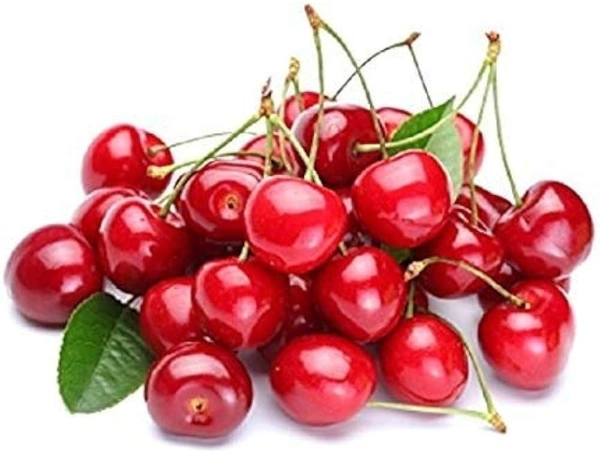
When I think of cherries, I’m instantly taken back to summer picnics and stained fingers. Whether they were fresh from the tree or tucked into a flaky pie crust, cherries always felt like a seasonal luxury—plump, shiny, sweet-tart, and utterly satisfying. But did you know that beyond the familiar cherry lies a world of lesser-known fruits that look or taste strikingly similar?
Some of them are true botanical cousins. Others just feel cherry-like—sharing that juicy burst, deep red color, or culinary versatility. Whether you’re foraging, baking, or just craving something new, here are ten fruits that echo the essence of cherries in their own unique ways.
1. Chokecherries
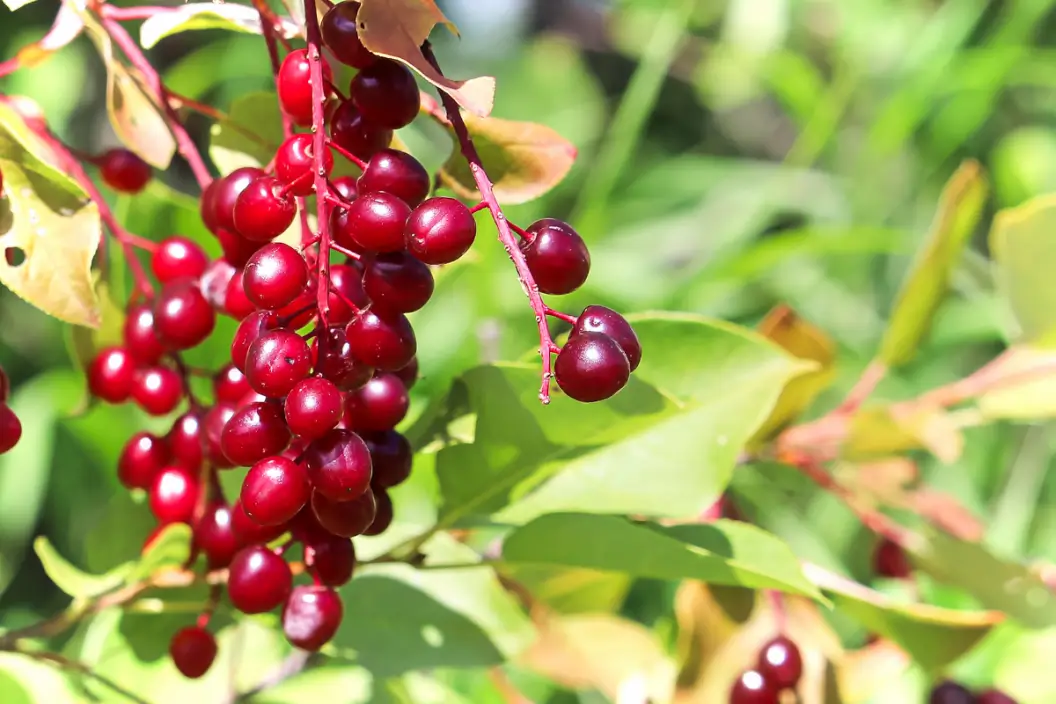
These wild cherries may look like small, glossy black cherries, but their name is a hint—they’re astringent when eaten raw. Still, once cooked or made into jelly, chokecherries develop a rich, complex flavor very similar to sour cherries. Common across North America, they’ve long been used in Indigenous cuisine for syrups, wine, and even medicinal remedies.
2. Nanking Cherries
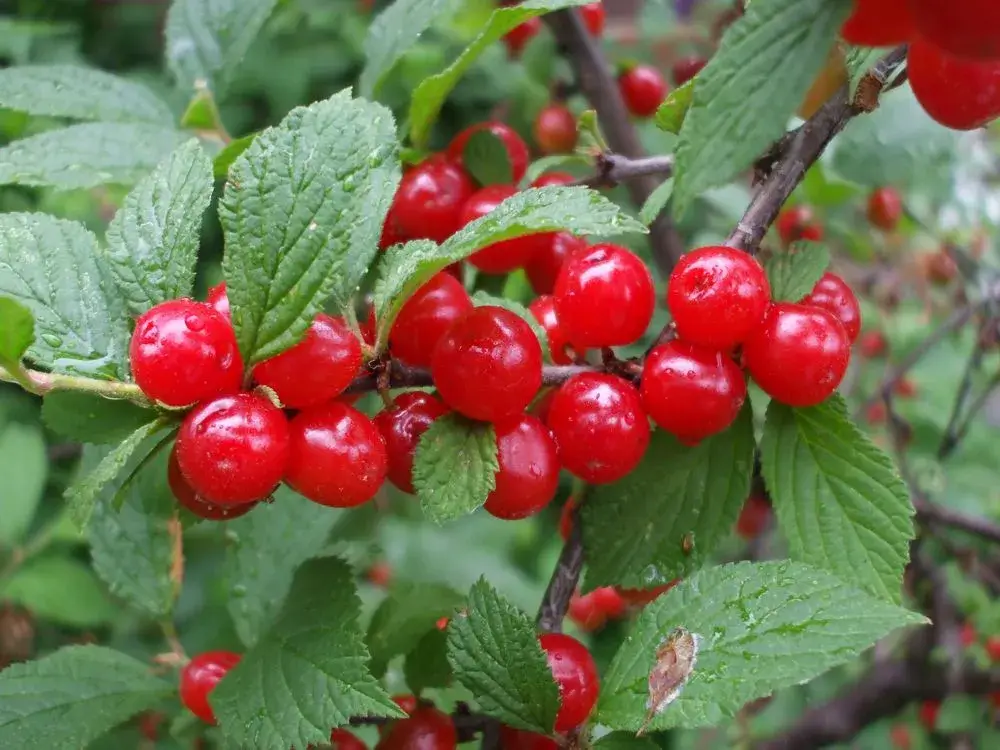
A true cherry species, Nanking cherries are small, bright red, and packed with tart-sweet flavor. Grown on ornamental shrubs, they ripen early and are beloved by birds and jam-makers alike. Though too soft for commercial shipping, they’re perfect for backyard growers looking for that fresh cherry experience in colder climates.
3.Barbados Cherry (Acerola)
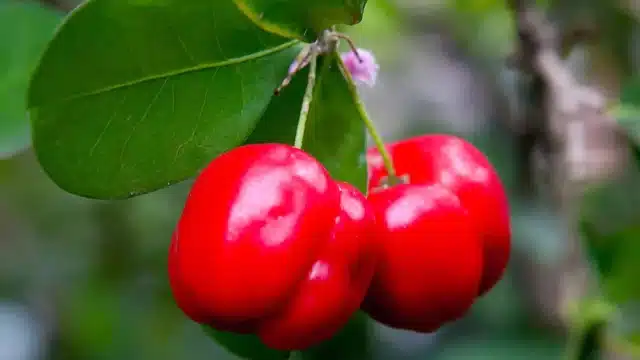
At first glance, this tropical fruit looks like a plumper cherry with deep grooves. Its juicy flesh has a tangy-sweet bite, more citrusy than traditional cherries, and it boasts a vitamin C content that’s off the charts. Acerola cherries are often juiced or made into concentrates, but when eaten fresh, they offer a cherry-adjacent flavor with a tropical twist.
4. Cornelian Cherry
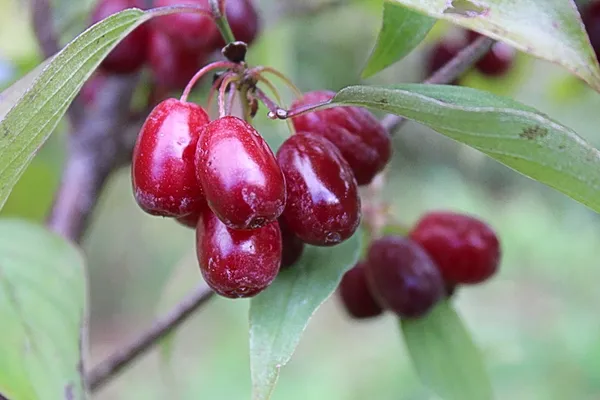
Not a true cherry but a member of the dogwood family, the cornelian cherry bears elongated, ruby-red fruits that resemble mini plums or stretched cherries. Their flavor is tart when raw but mellows beautifully when cooked, making them a prized ingredient in jams, liqueurs, and traditional Eastern European dishes.
5. Gooseberries (Red Varieties)
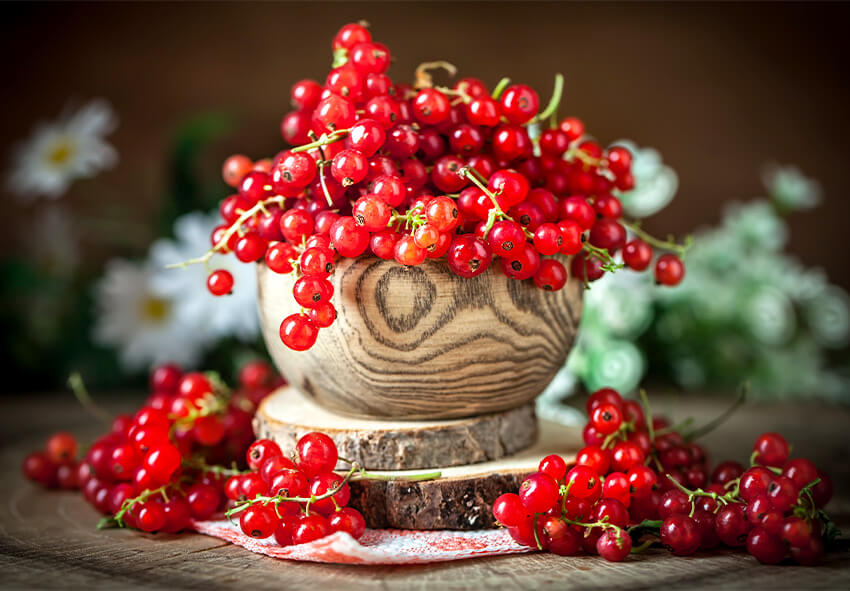
While gooseberries come in many colors, the red varieties have a cherry-like size and tangy-sweet flavor that makes them great substitutes in pies or preserves. They’re juicier and more translucent than cherries, but when cooked down with sugar, they create that same glossy, jewel-toned magic.
6. Red Currants
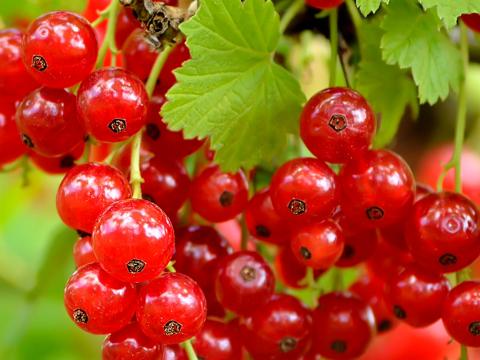
Tiny, vibrant, and bursting with acidity, red currants may not look exactly like cherries, but they share a similar tart brightness and glossy skin. Used in jams, sauces, and even meat glazes, their tangy pop mimics the sharpness of sour cherries and pairs just as well with both sweet and savory dishes.
7. Cheriplum / Plumcherry
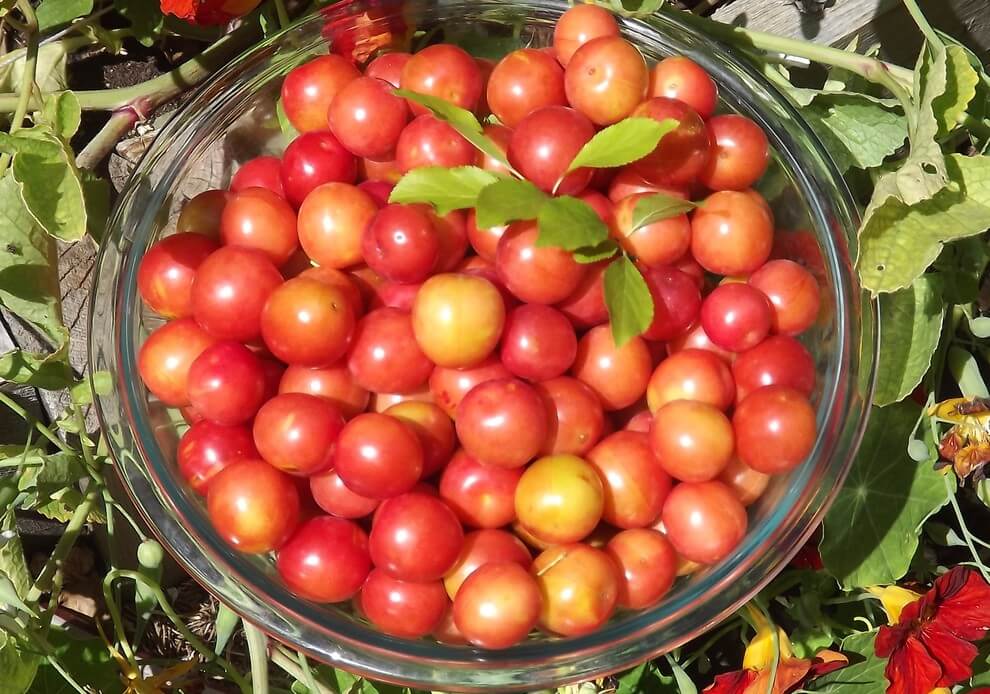
This hybrid between a cherry and a plum is perhaps the closest doppelgänger on the list. Cheriplums are cherry-sized with plum-like skin and a firm, juicy interior. Their flavor walks the line between plum sweetness and cherry tang, making them ideal for fresh snacking, desserts, or small-batch preserves.
8. Manzanita Berries
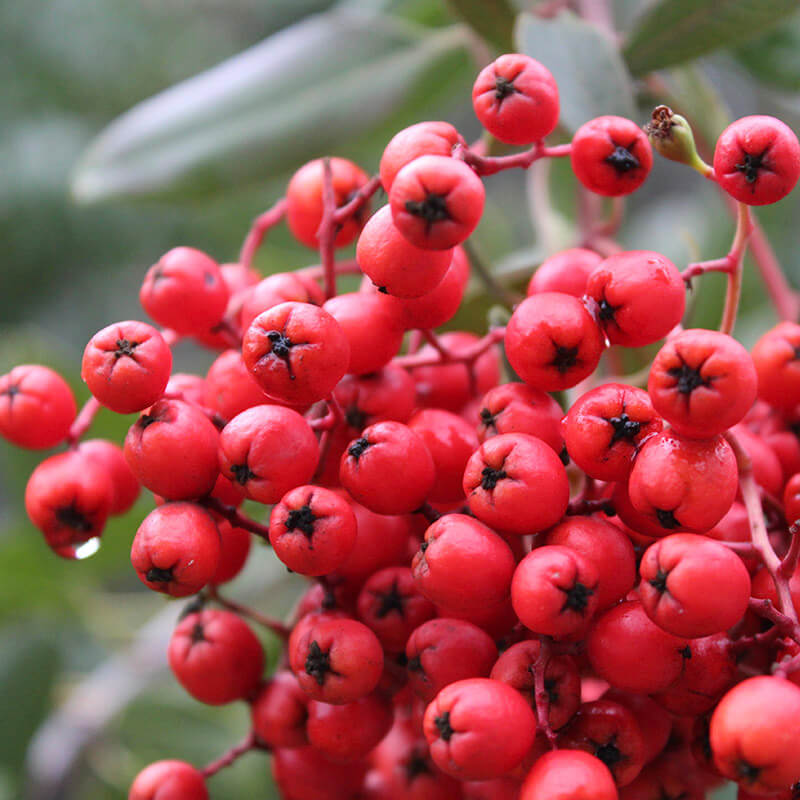
These small, reddish berries grow on evergreen shrubs native to the western U.S. and Mexico. While not juicy like cherries, dried or rehydrated manzanita berries were traditionally used to make cider-like drinks and mushes. Their astringent sweetness and size put them in the cherry-adjacent camp, especially in indigenous and foraged food circles.
9. Capulin Cherry (Prunus salicifolia)
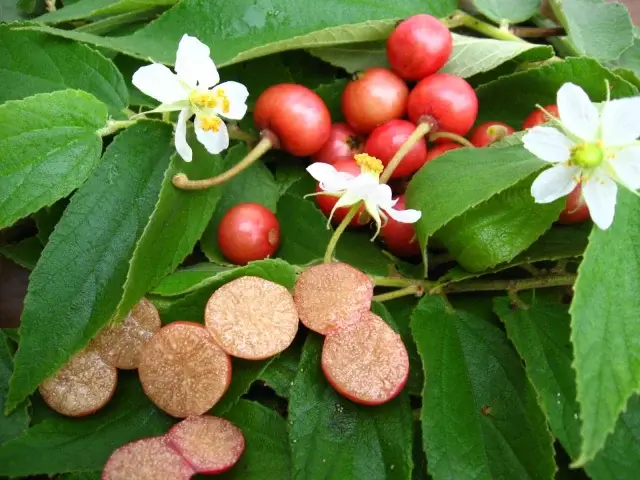
Native to Central and South America, capulin cherries are true cherries in every sense—dark red to black, sweet-tart, and similar in appearance and use to wild or sour cherries. They’re often eaten fresh, baked into pastries, or fermented into traditional drinks. In regions where temperate cherries don’t thrive, capulin fills that role beautifully.
10. Surinam Cherry (Pitanga)
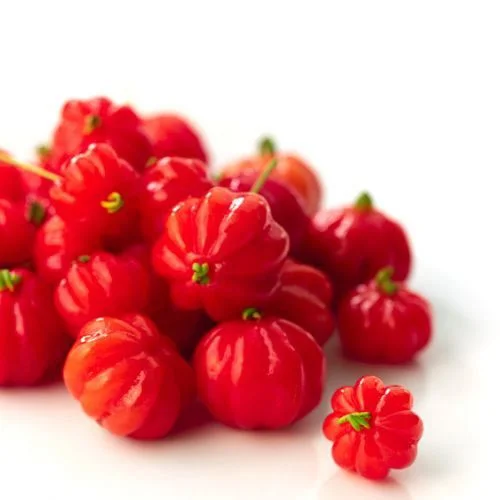
With deep red ridged skin and a cherry-like seed inside, Surinam cherries look like ornamental versions of the real thing. Their flavor, however, is more tropical—sweet and aromatic with a hint of spice or resin. When fully ripe, they’re lovely for fresh eating or juicing, offering a cherry-like experience with a twist.
